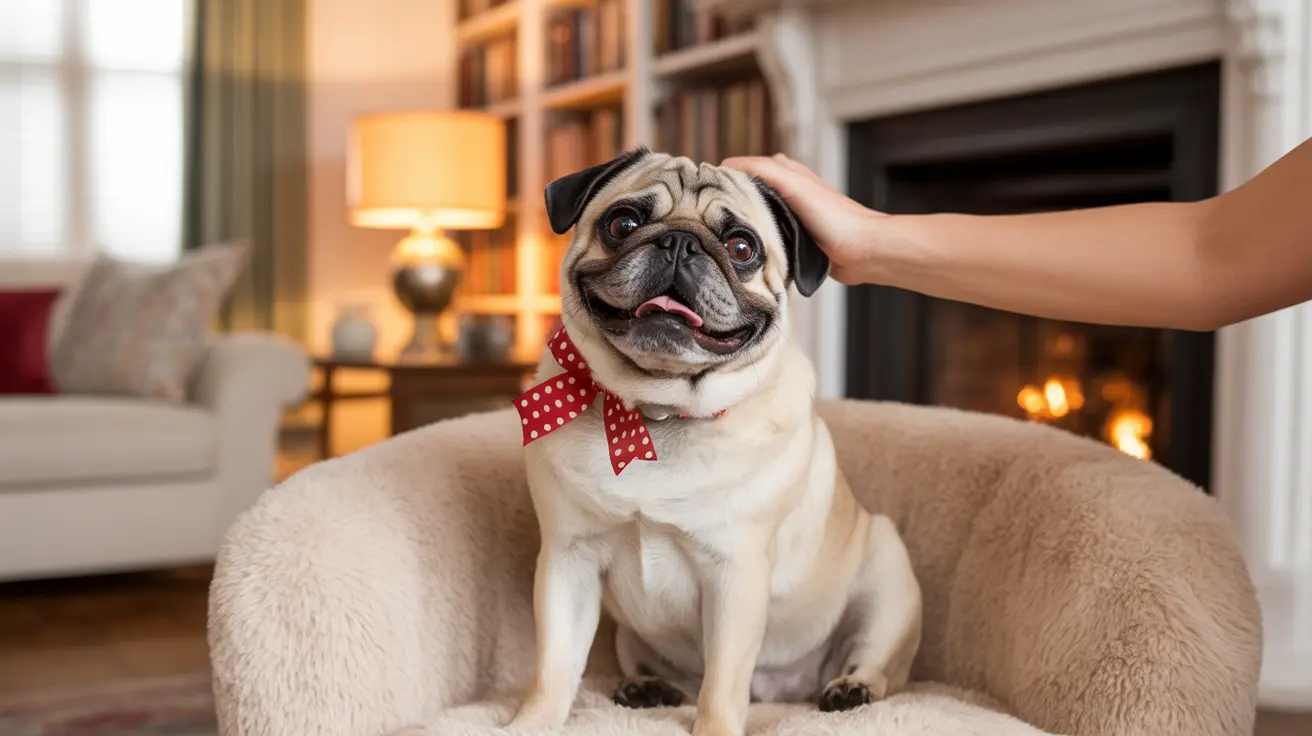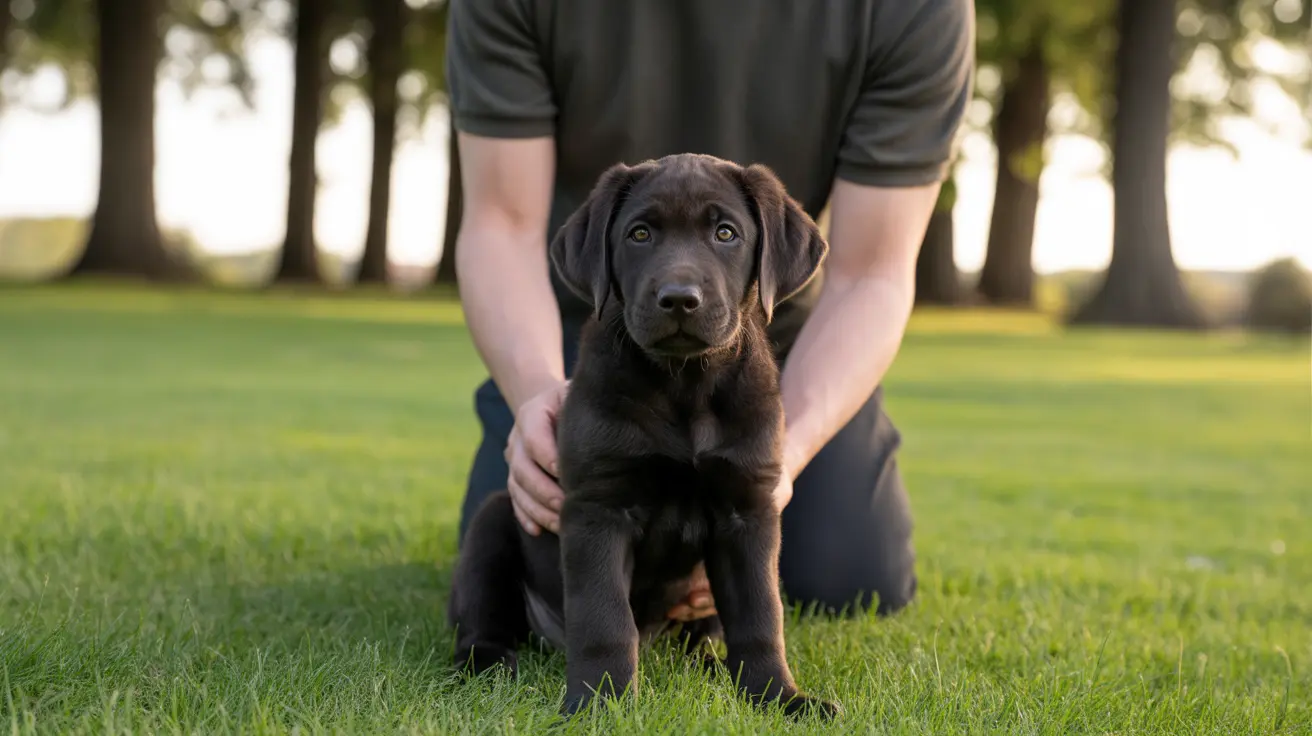The Natural Language of Dogs
Dogs communicate primarily through body language, scent, and vocalizations - not facial contact. In their natural social interactions, they rely on tail positions, ear movements, and various other physical signals to express themselves.
Unlike humans, who learn the significance of kisses from an early age, dogs have no evolutionary framework for understanding this distinctly human gesture. However, their exceptional ability to read human emotions and behaviors allows them to adapt to our ways of showing affection.
How Dogs Learn to Interpret Human Kisses
Through positive association and consistent exposure, many dogs come to understand that kisses are a sign of affection. When kisses are paired with gentle petting, soothing words, and treats, dogs begin to form positive connections with the gesture.
This learning process is similar to how dogs understand other human behaviors, like the excitement of picking up a leash or the sound of a treat bag. Over time, they begin to anticipate the positive experience associated with these actions.
The Science of Canine-Human Bonding
Research has shown that affectionate interactions between dogs and their owners trigger the release of oxytocin - often called the "love hormone" - in both species. This chemical response helps strengthen the emotional bond and creates feelings of trust and security.
Studies have demonstrated that dogs who regularly receive positive physical attention from their owners show increased levels of oxytocin and lower stress levels. This scientific evidence supports the idea that while dogs may not inherently understand kisses, they can certainly benefit from the associated positive interaction.
Reading Your Dog's Response
It's crucial to pay attention to your dog's body language when showing affection through kisses. Positive signs include:
- Relaxed body posture
- Gentle tail wagging
- Leaning into the contact
- Returning affection with gentle licks
Conversely, signs of discomfort might include:
- Turning away
- Stiffening up
- Showing the whites of their eyes
- Licking their lips nervously
- Moving away from the contact
Safe Ways to Show Affection
Whether your dog enjoys kisses or not, there are many ways to show them love that they'll understand and appreciate. Consider:
- Gentle petting in their favorite spots
- Playing their preferred games
- Offering verbal praise in a warm tone
- Giving treats and rewards
- Spending quality time together
Frequently Asked Questions
Do dogs naturally understand when I kiss them, or do they learn what it means over time?
Dogs don't naturally understand kisses - they learn their meaning over time through positive associations with gentle touch, treats, and praise. This understanding develops through consistent exposure and positive experiences.
What signs will my dog show if they like or dislike being kissed?
Dogs who enjoy kisses typically show relaxed body language, wagging tails, and may return affection with licks. Signs of discomfort include turning away, stiffening up, showing whale eyes, or moving away from the contact.
Can kissing my dog help strengthen our bond or make us both feel happier?
Yes, when your dog enjoys the interaction, kissing can increase oxytocin levels in both you and your pet, strengthening your emotional bond and creating positive feelings for both parties.
Is it safe for children to give dogs kisses, and what should I watch out for?
Children should always be supervised when showing physical affection to dogs. Teach them to respect the dog's space, recognize signs of discomfort, and avoid putting their face too close to the dog's face, which some dogs may find threatening.
How can I teach my dog to enjoy kisses and feel comfortable with this kind of affection?
Gradually associate kisses with positive experiences by pairing them with treats, gentle petting, and praise. Always respect your dog's boundaries and never force affection if they show signs of discomfort.






